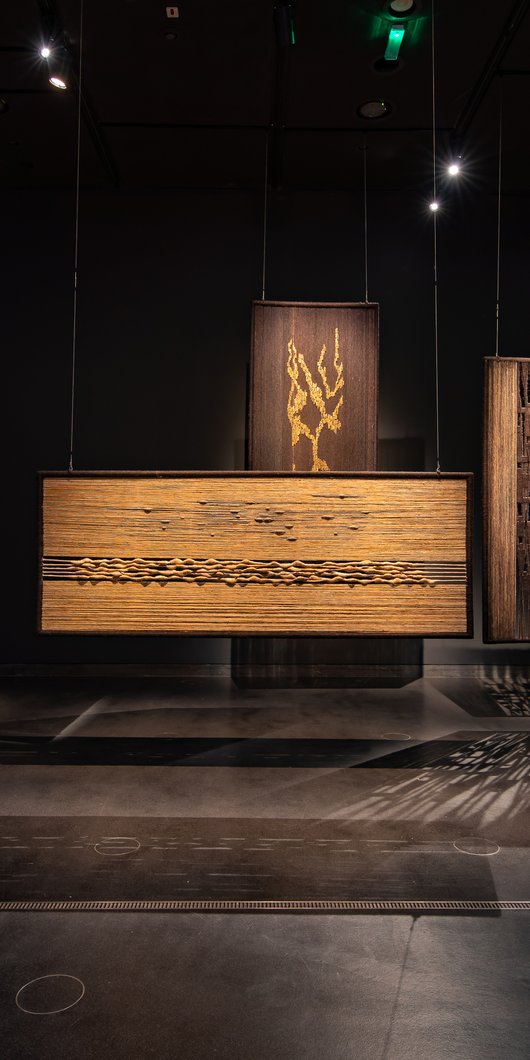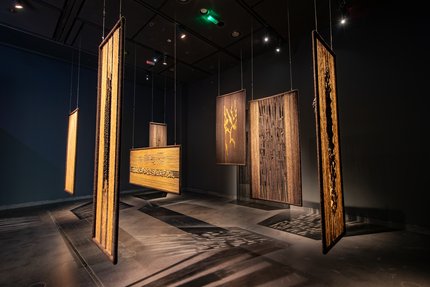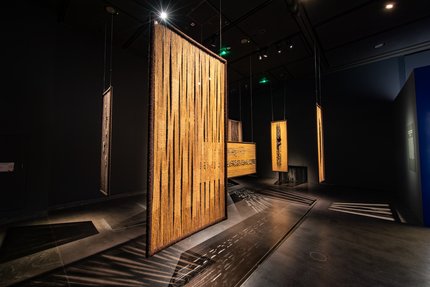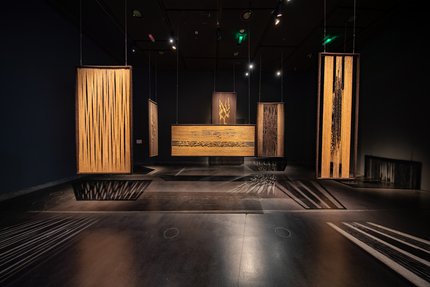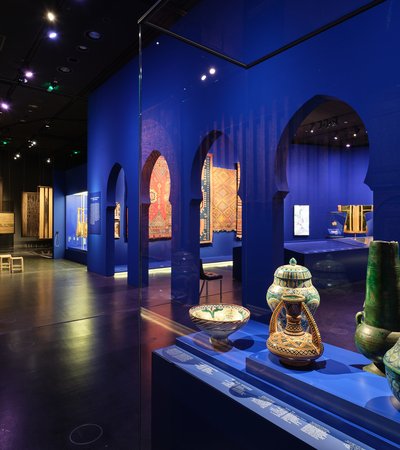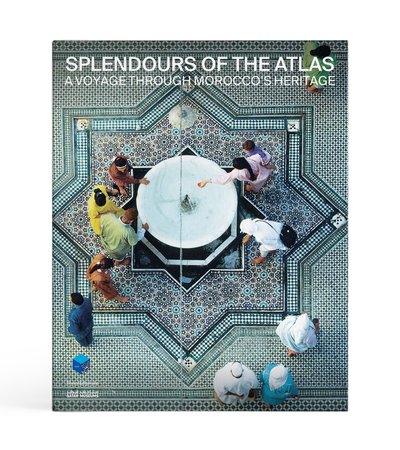Q. How would you define your artistic vision and journey? How did Morocco shape your approach to craftsmanship?
Noureddine Amir: My deep love for nature naturally led me to explore raw materials, to observe and shape them with a poetic approach until they revealed their textures, nuances, and hidden secrets. Each natural element carries a story, a memory that I try to bring to light through my work. Moroccan craftsmanship, in turn, has provided me with a privileged means of expression—a connection between tradition and my own artistic sensibility. Through it, I have been able to translate this love of nature into objects and forms that reflect both my deep attachment to my environment and my admiration for the ancestral expertise of artisans.
